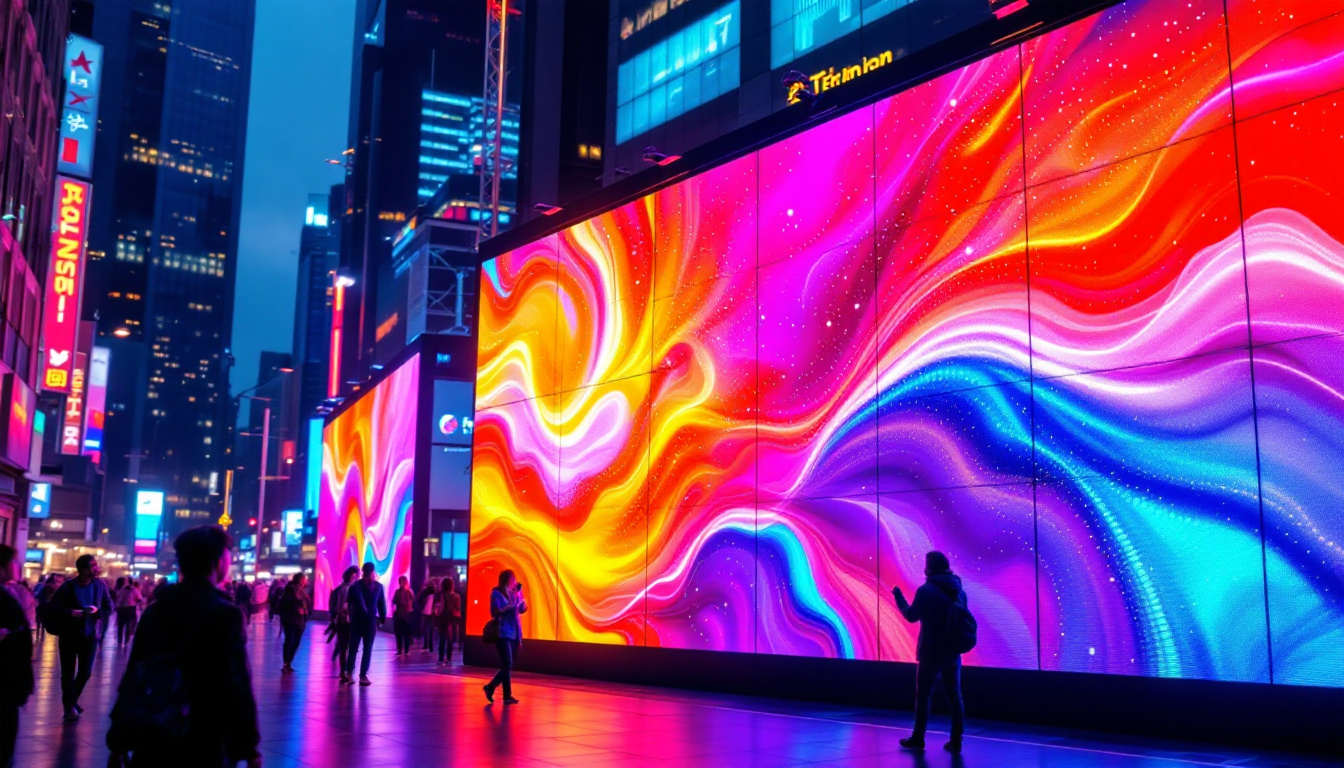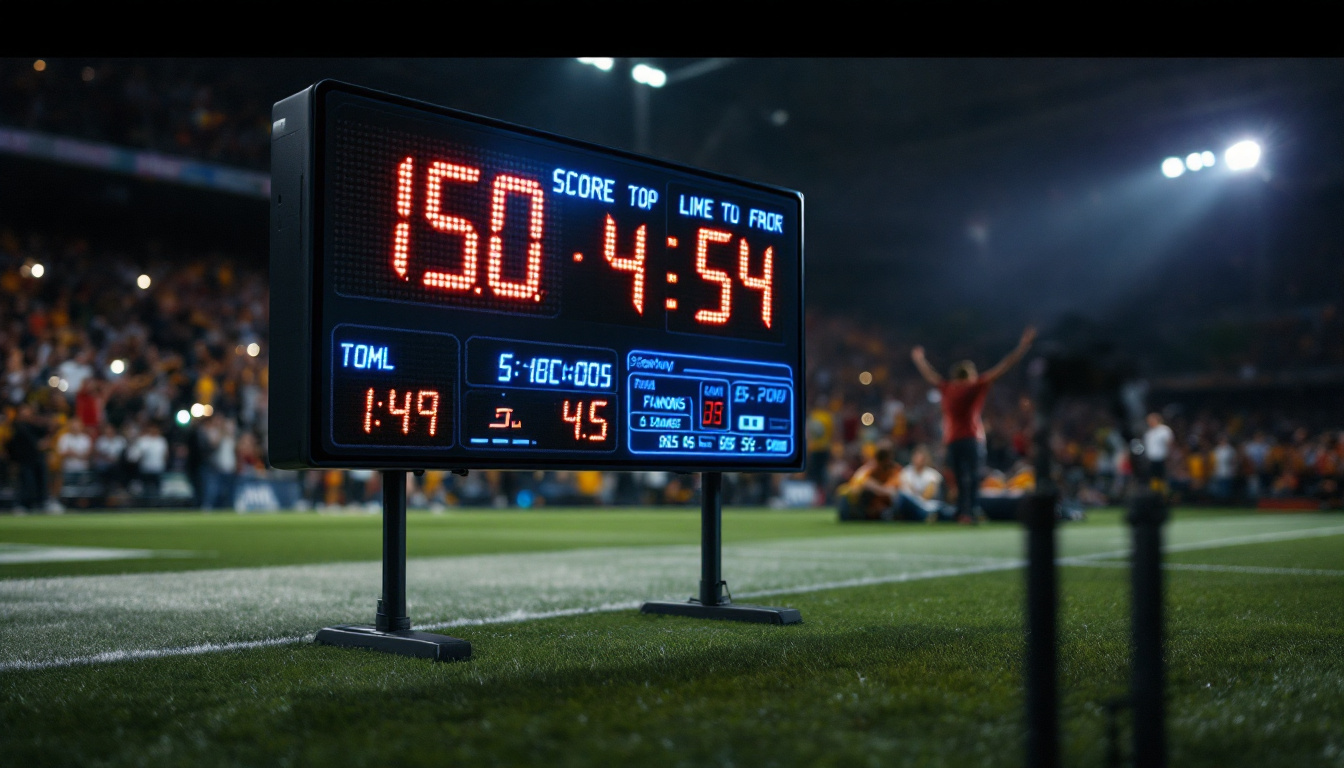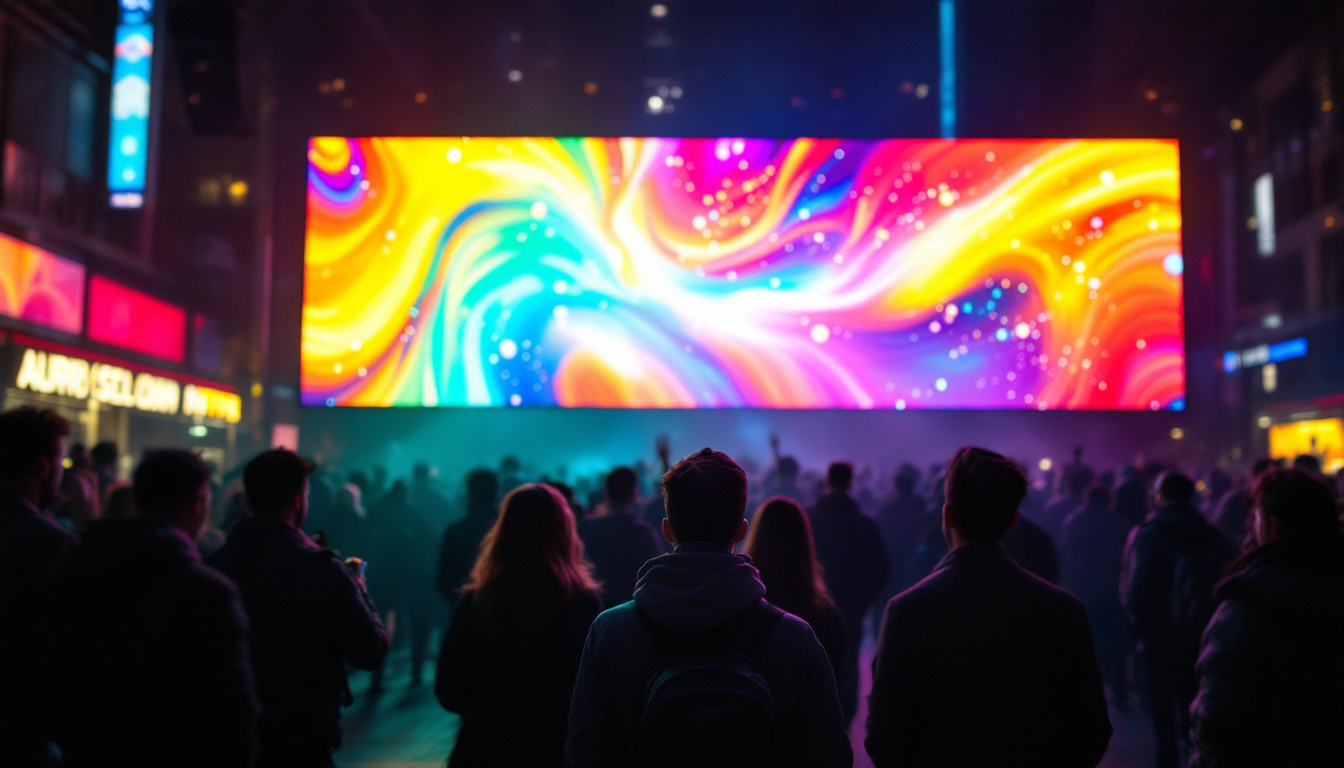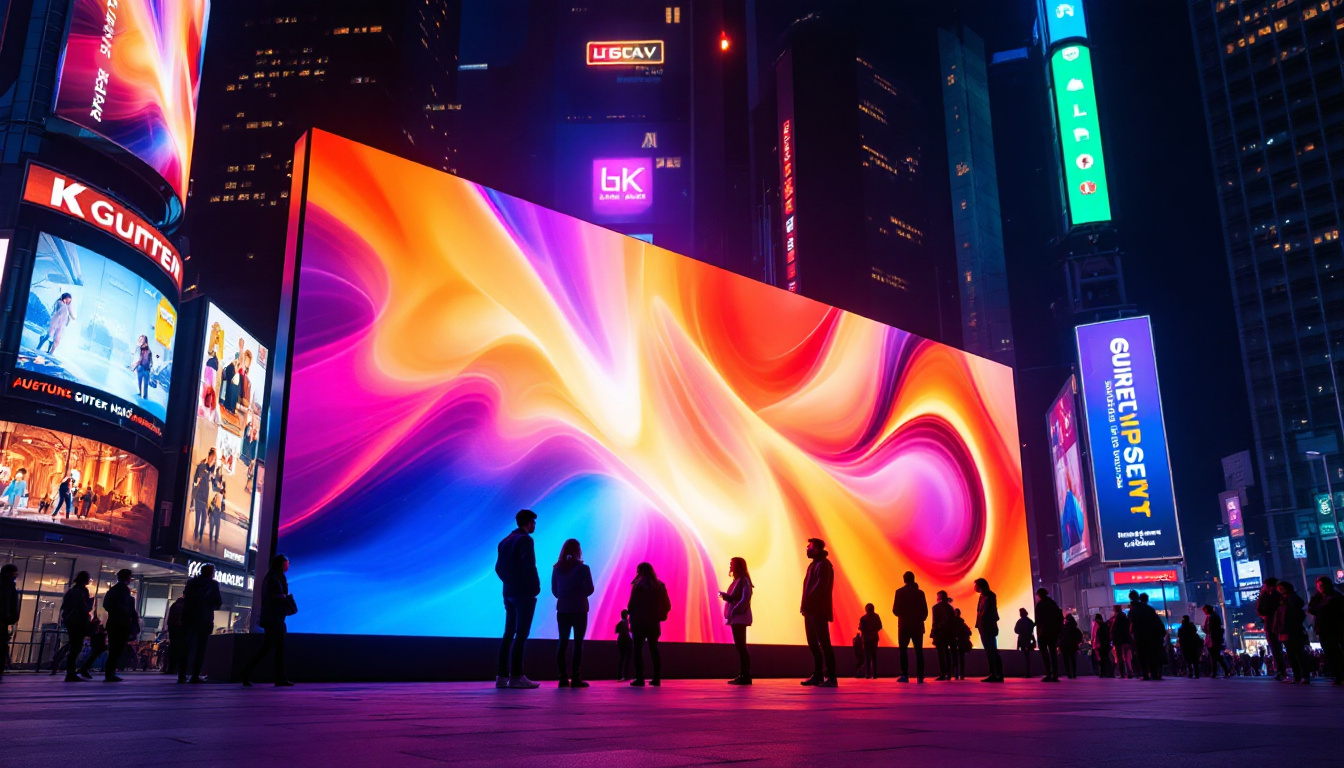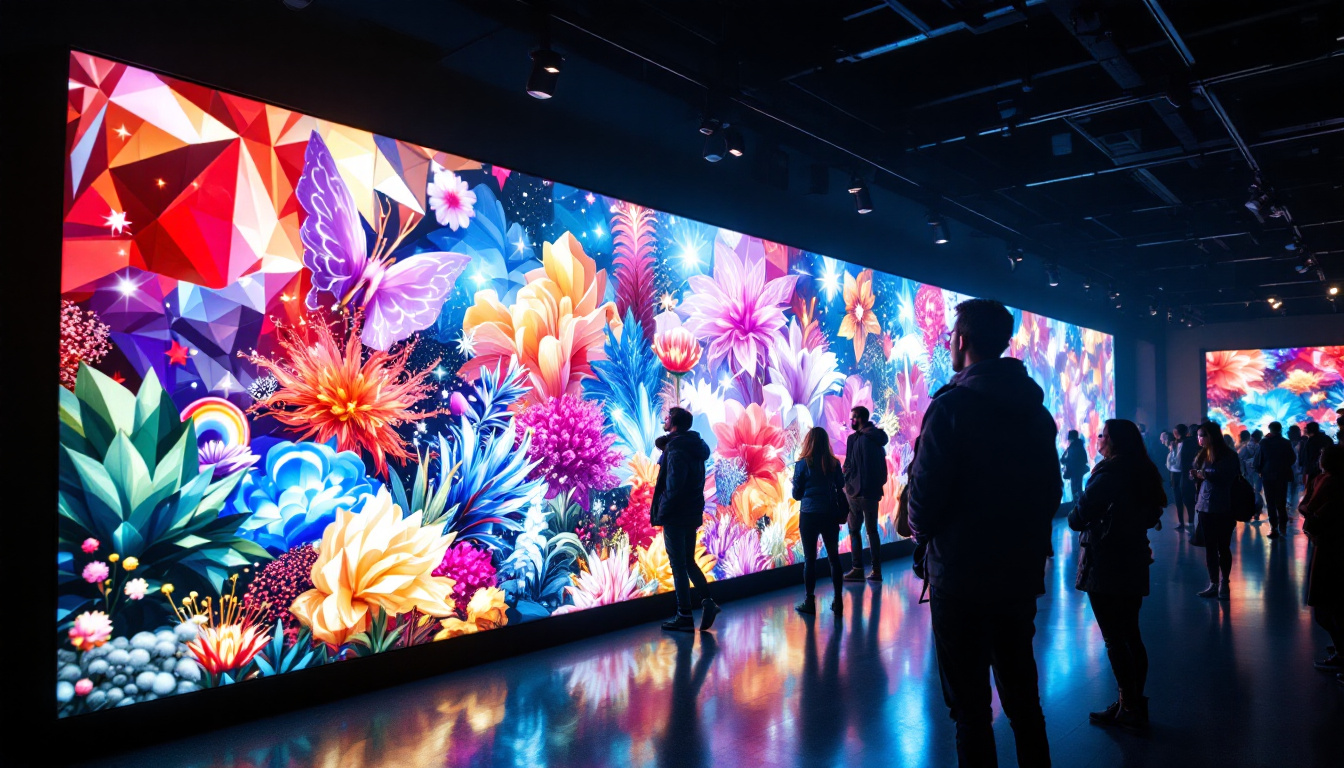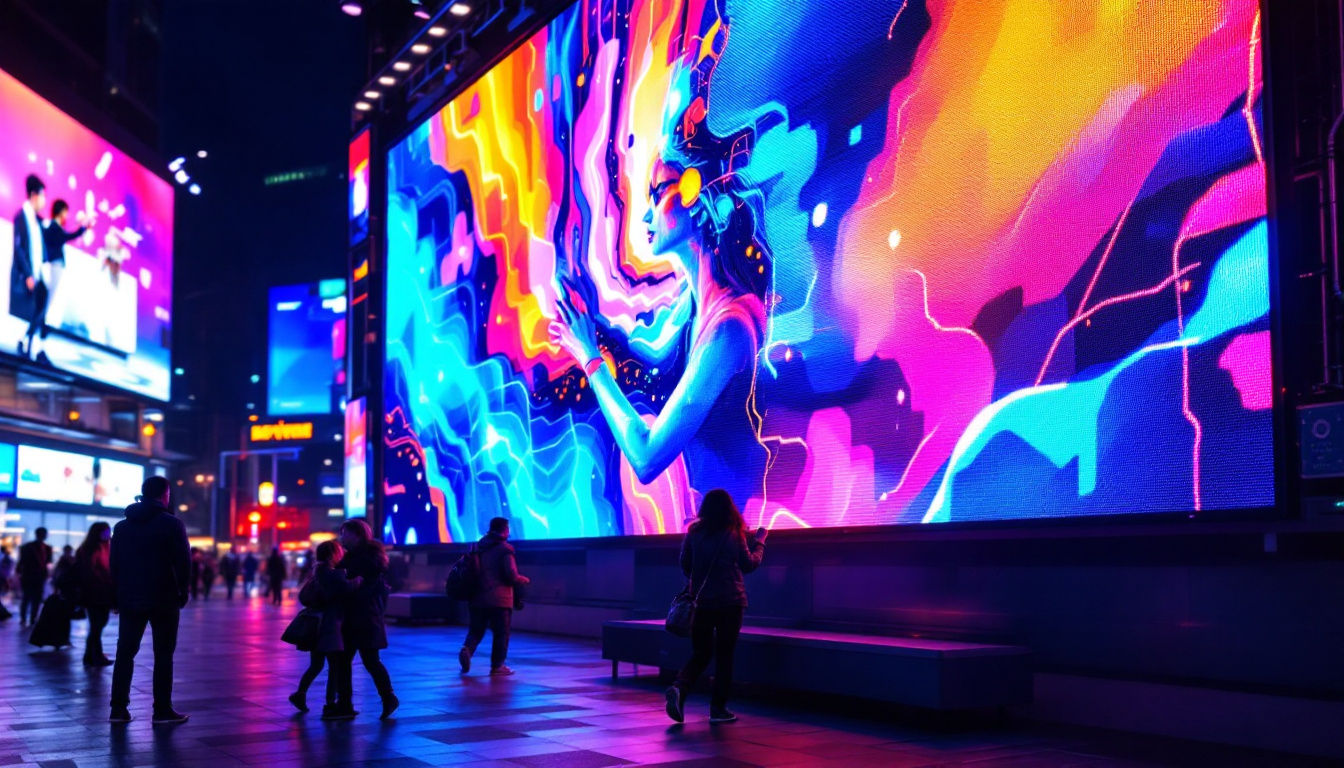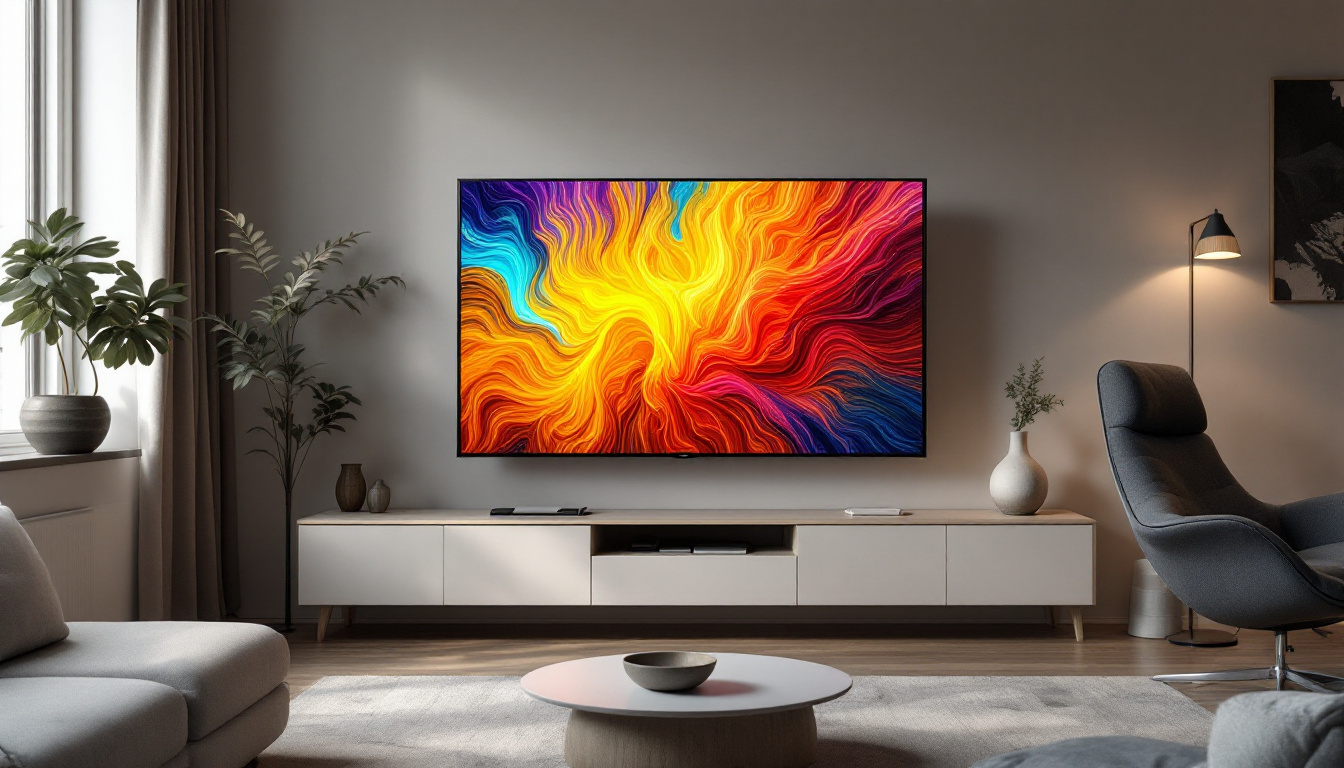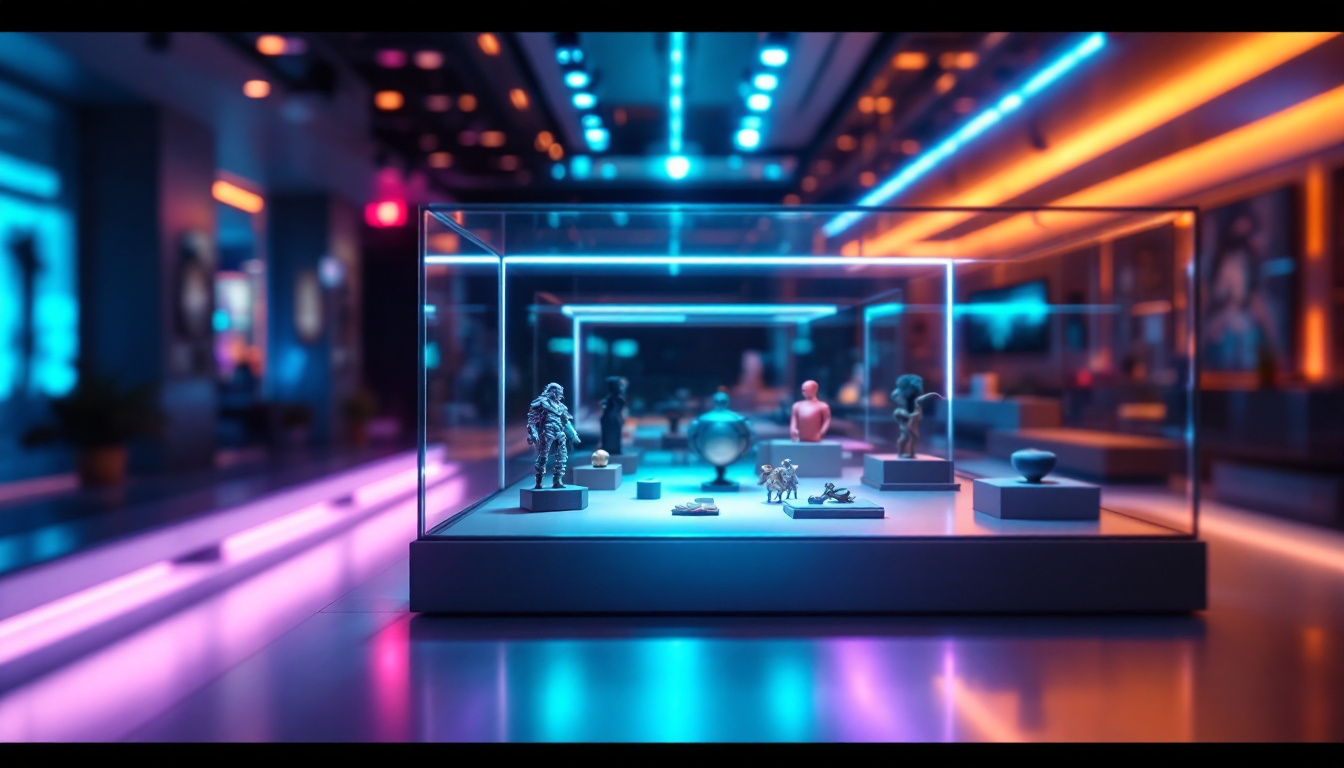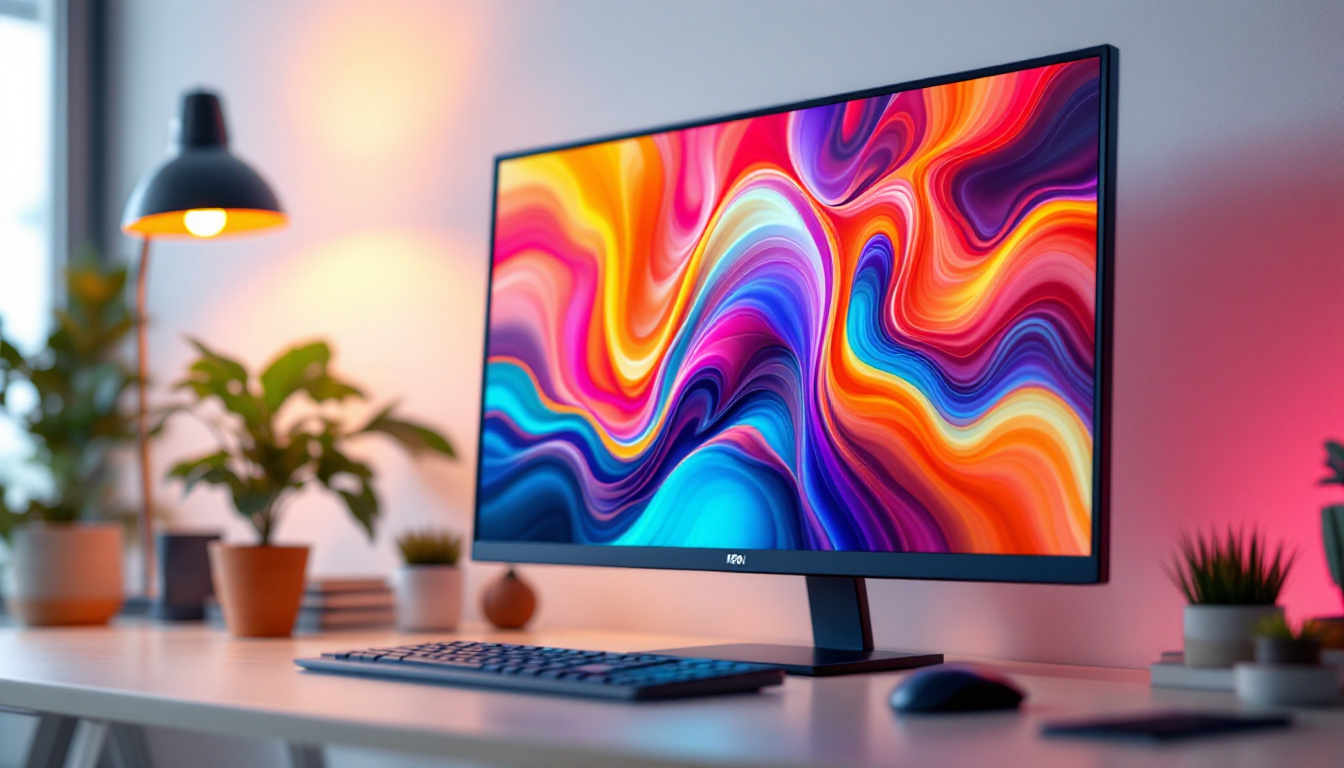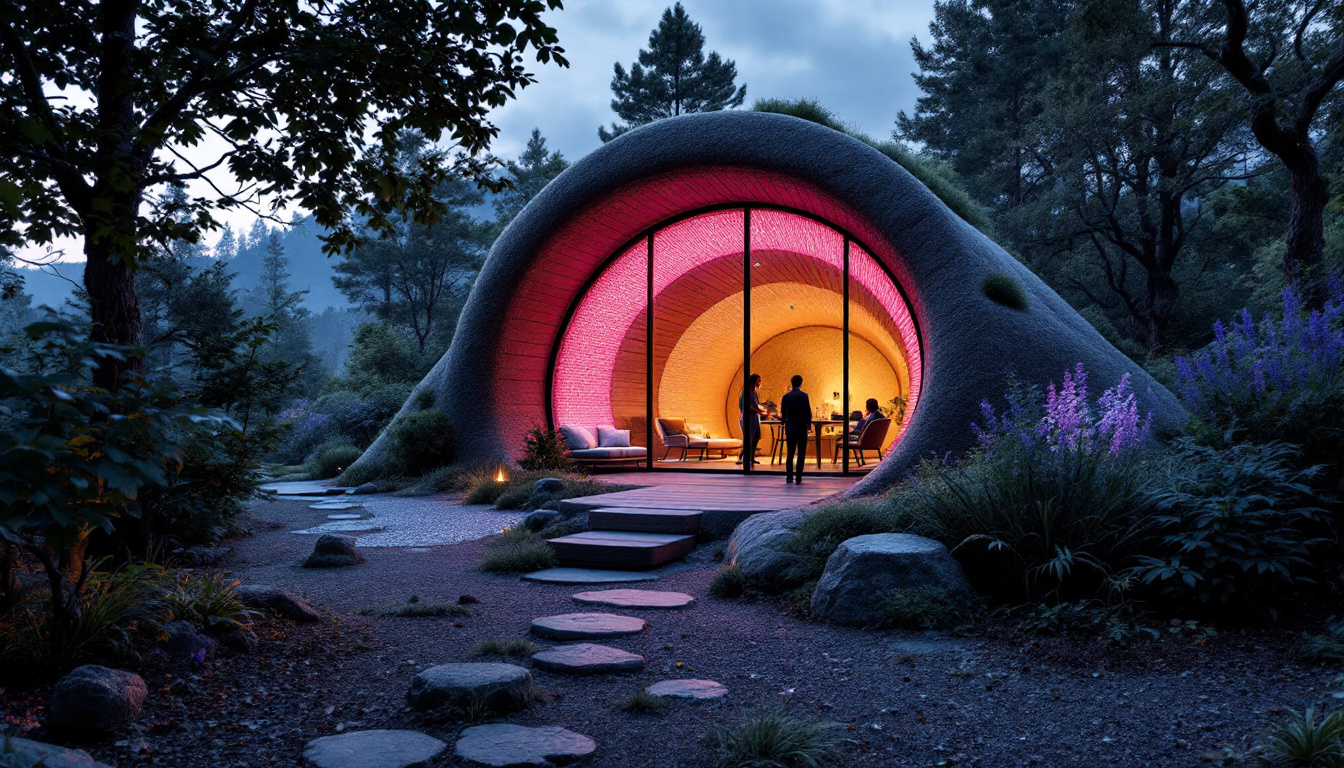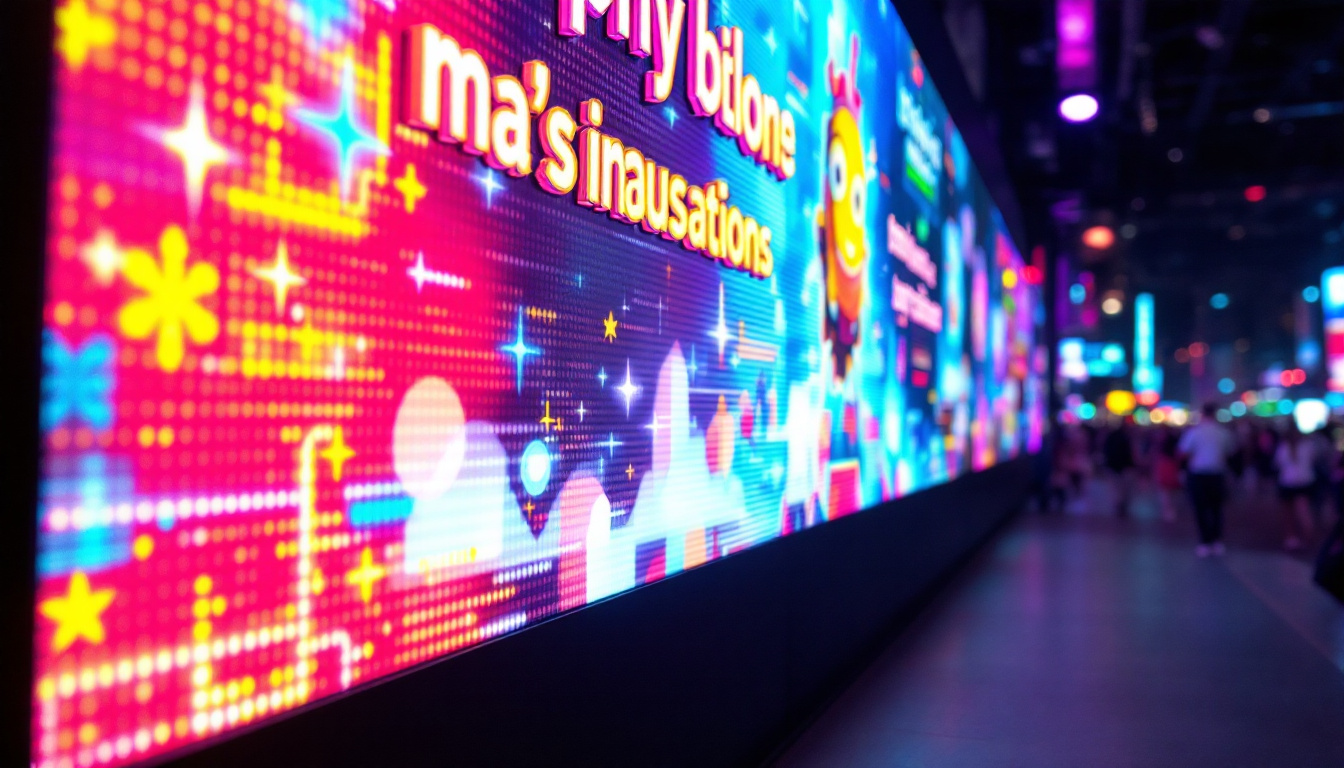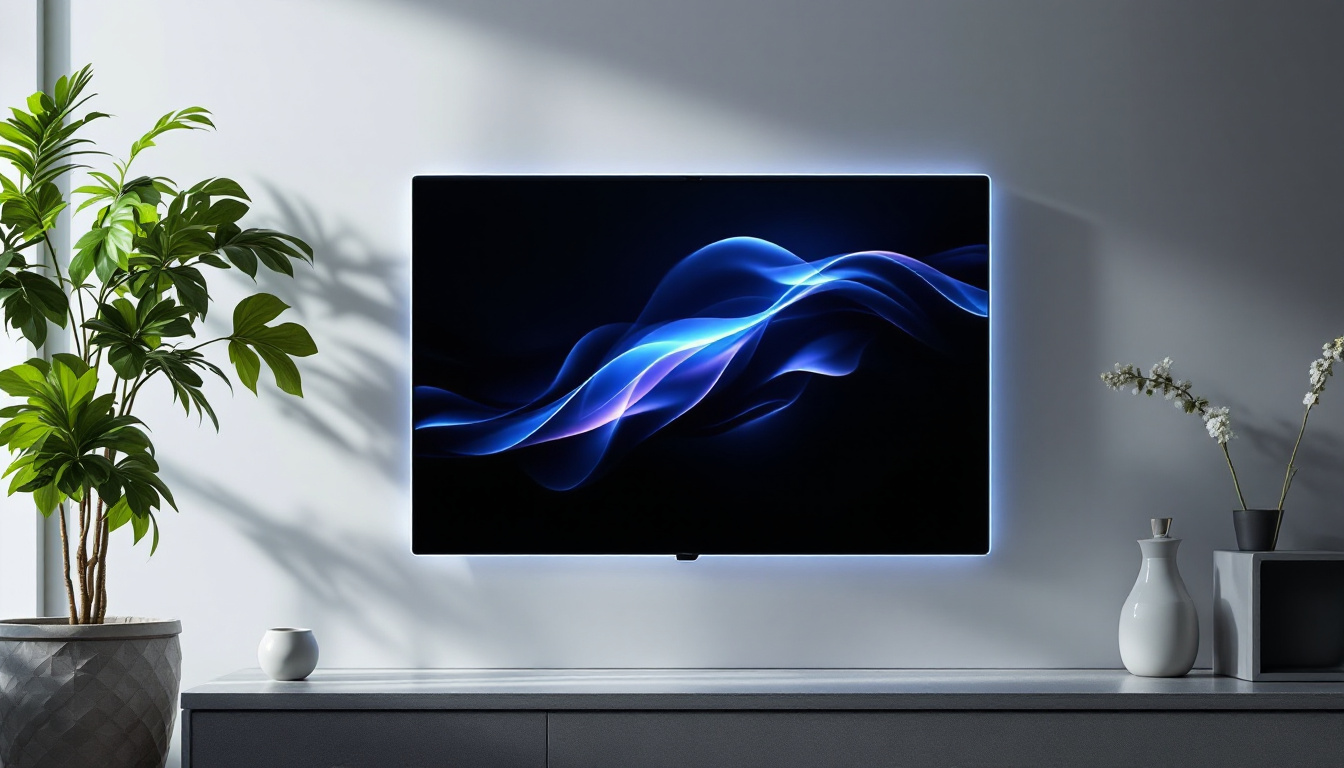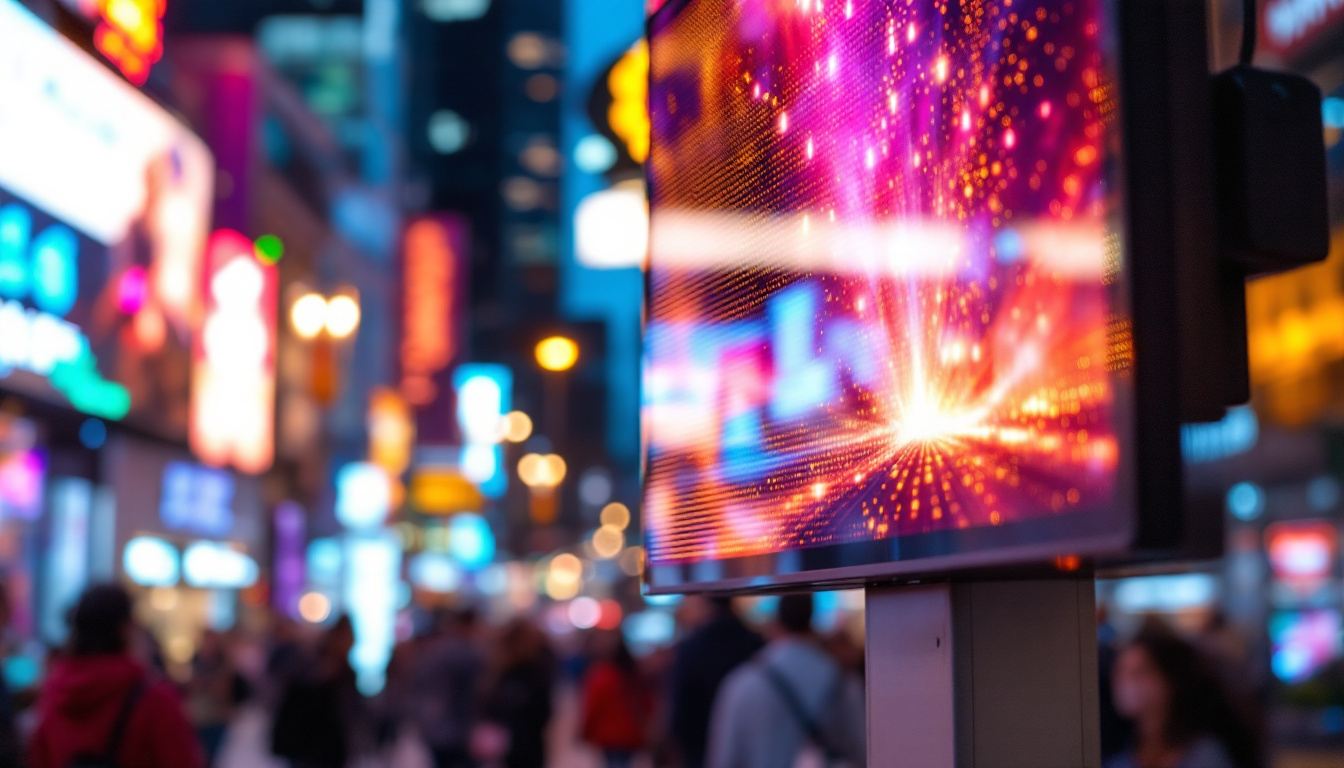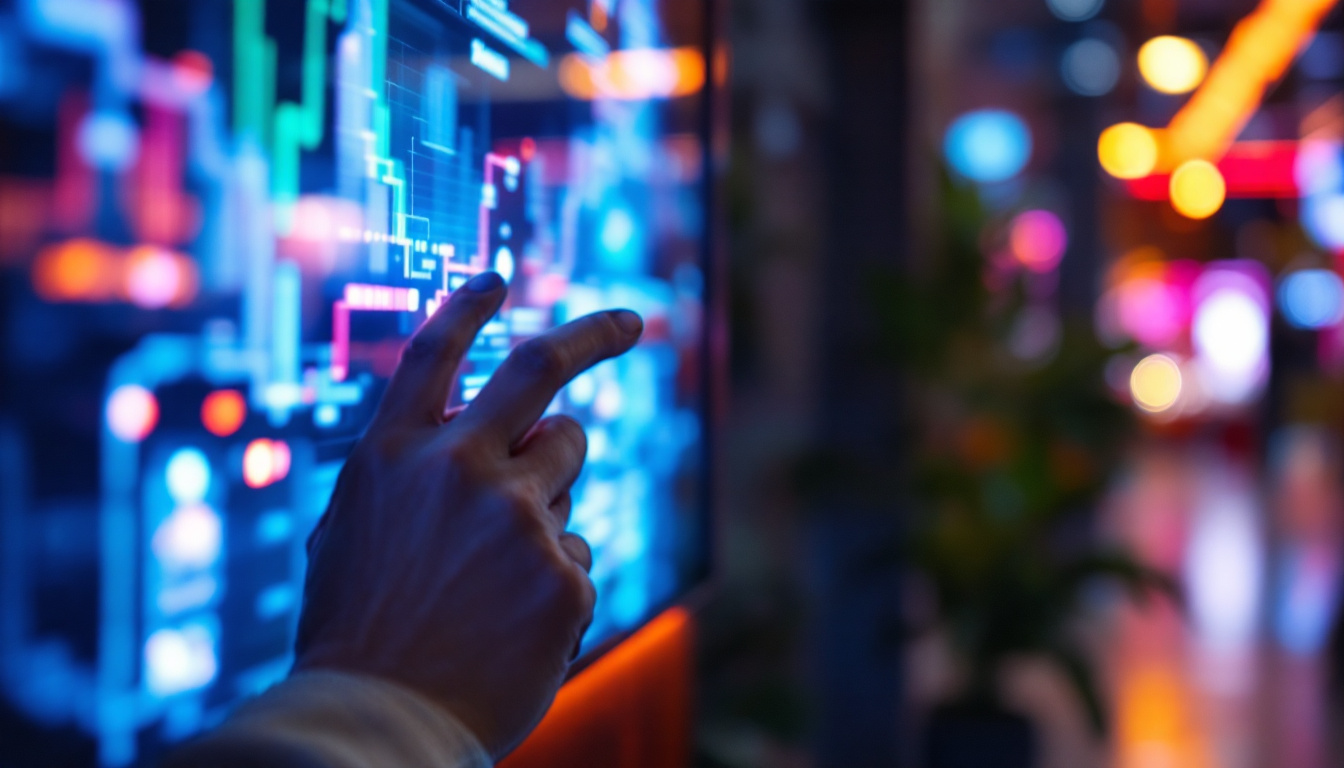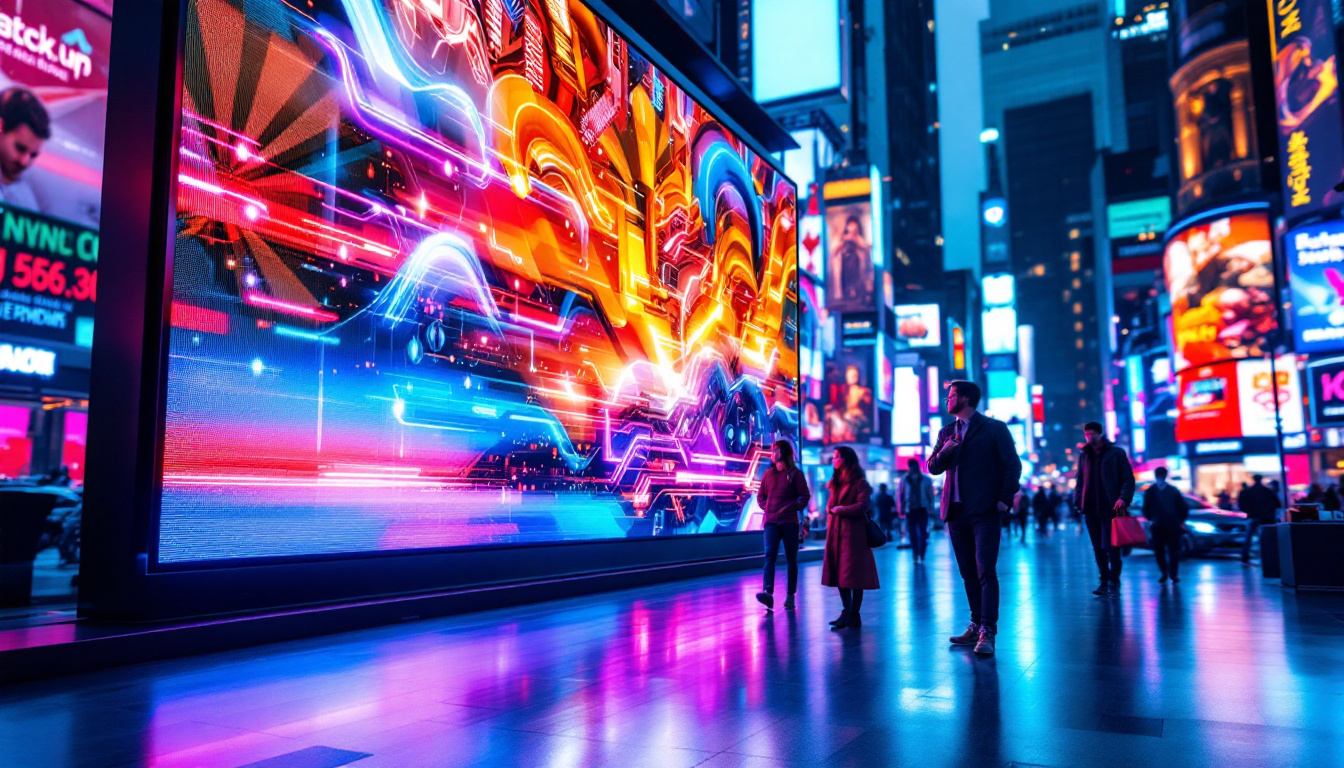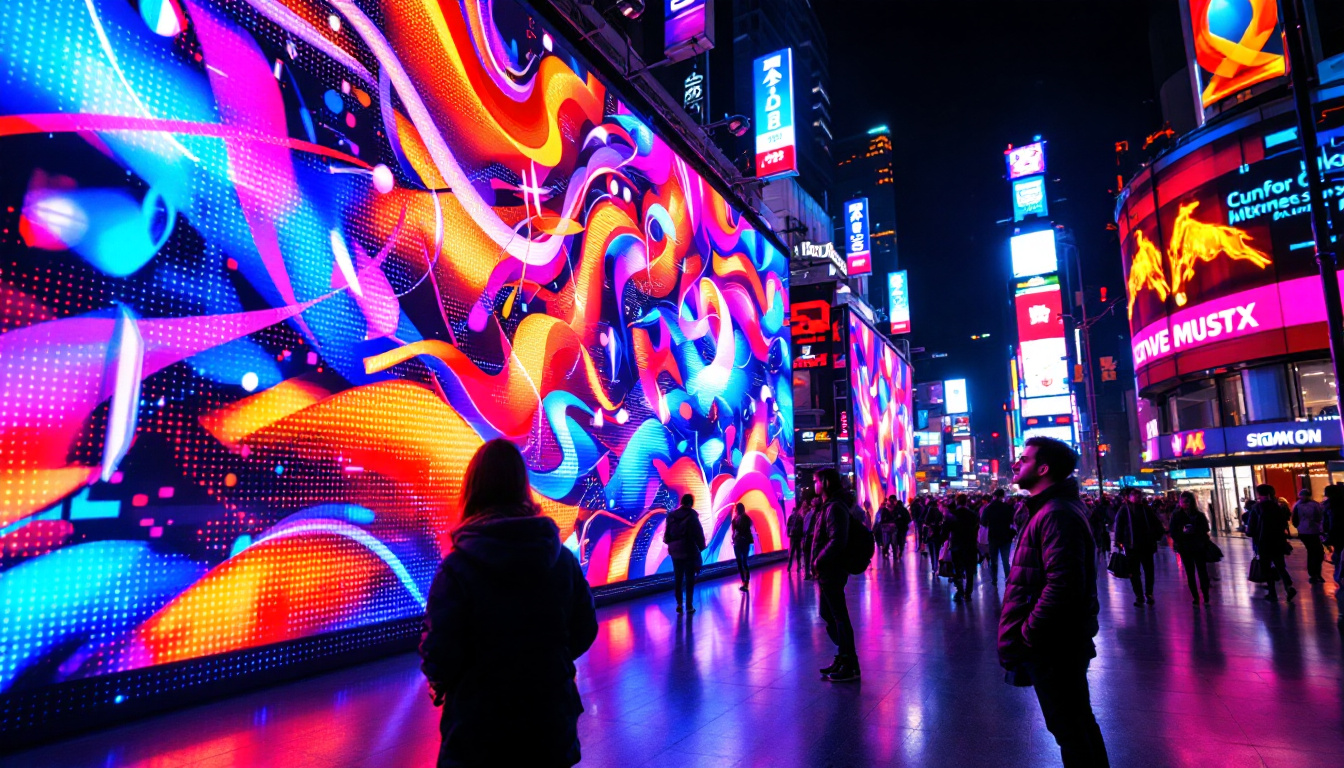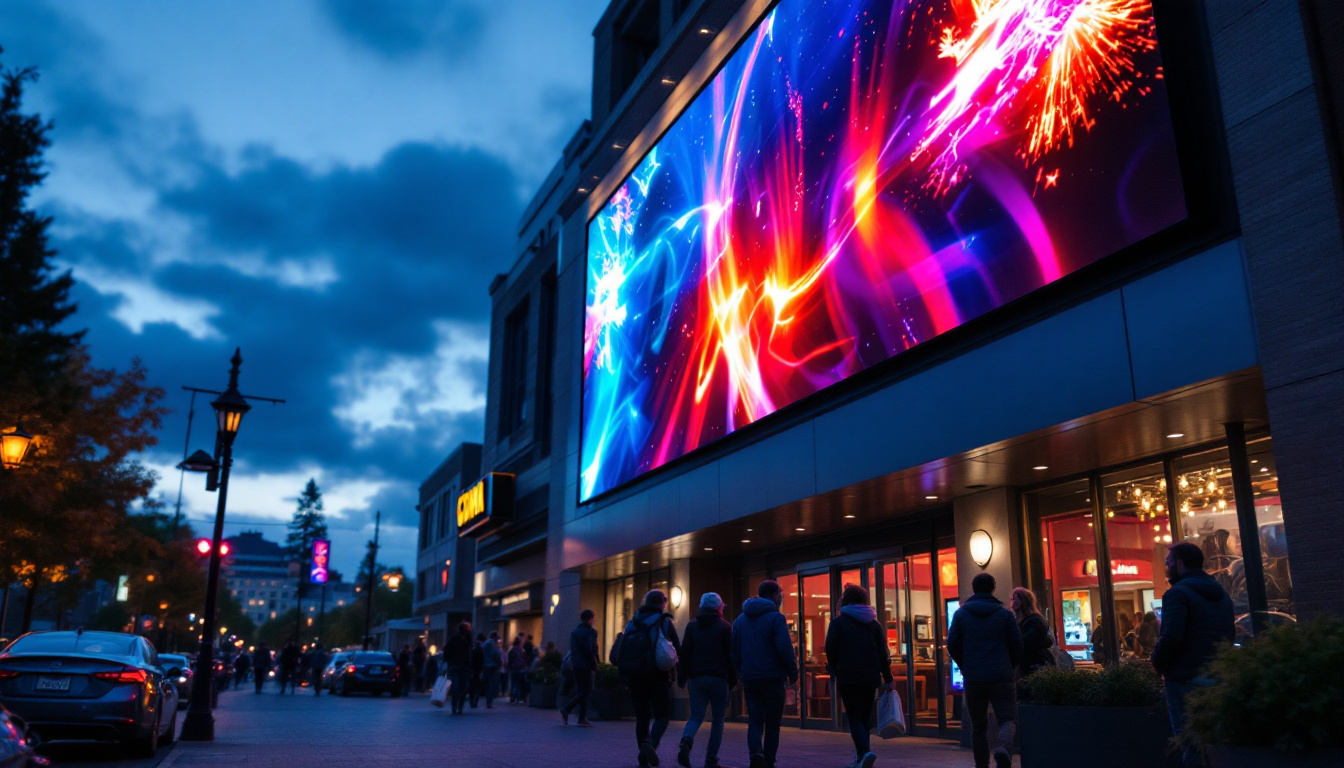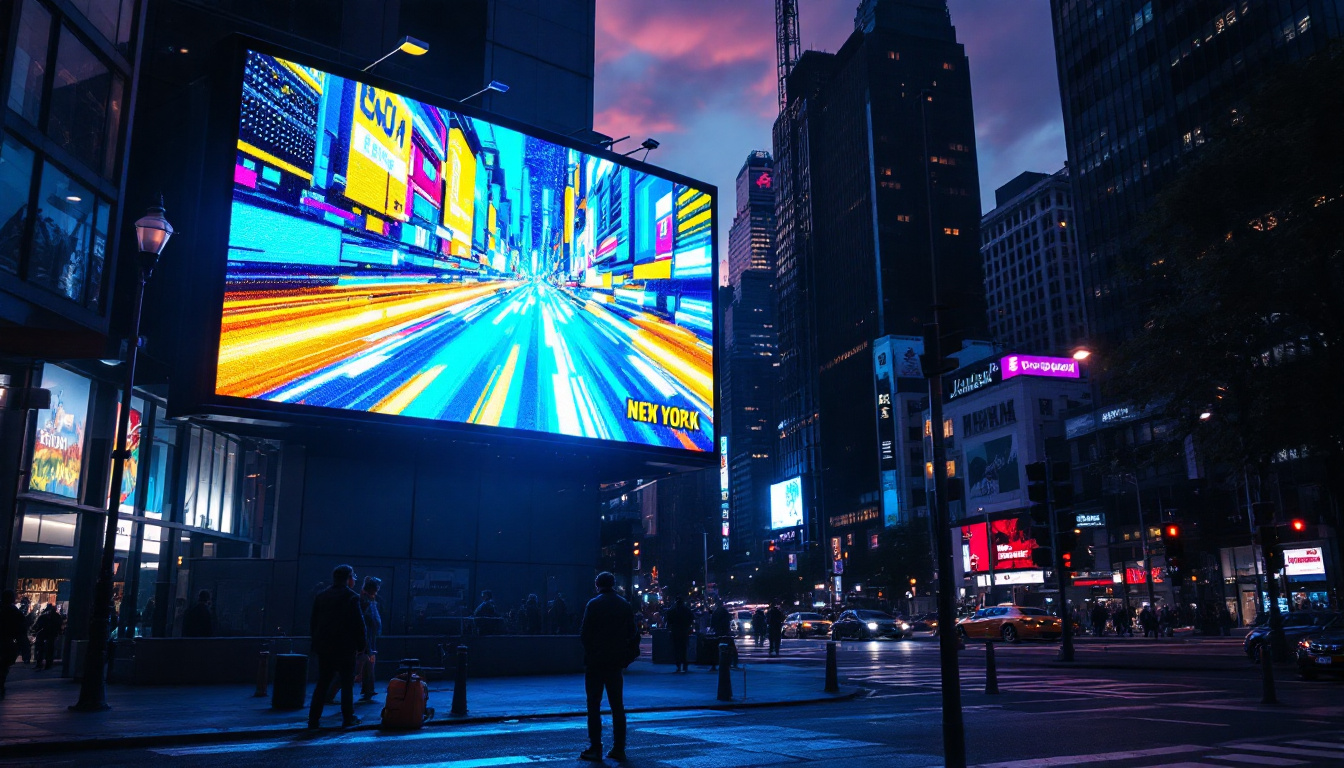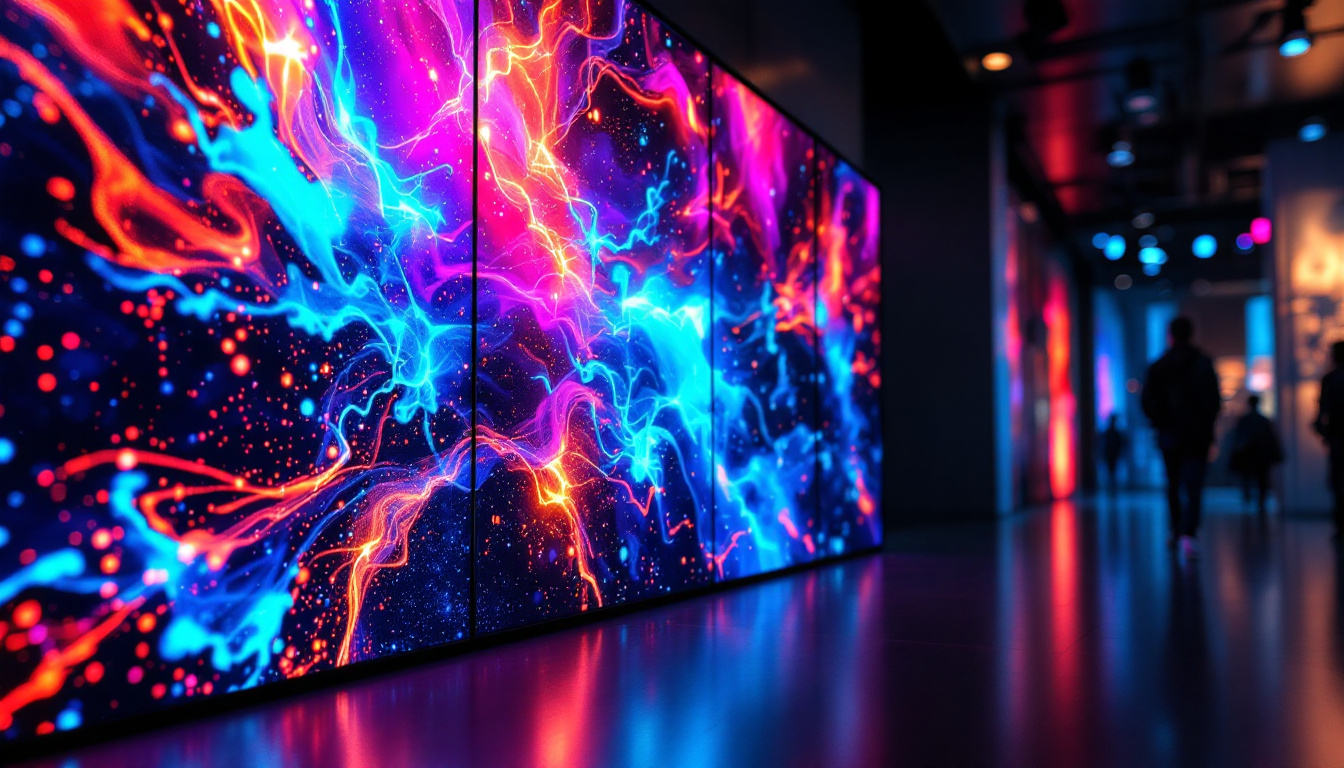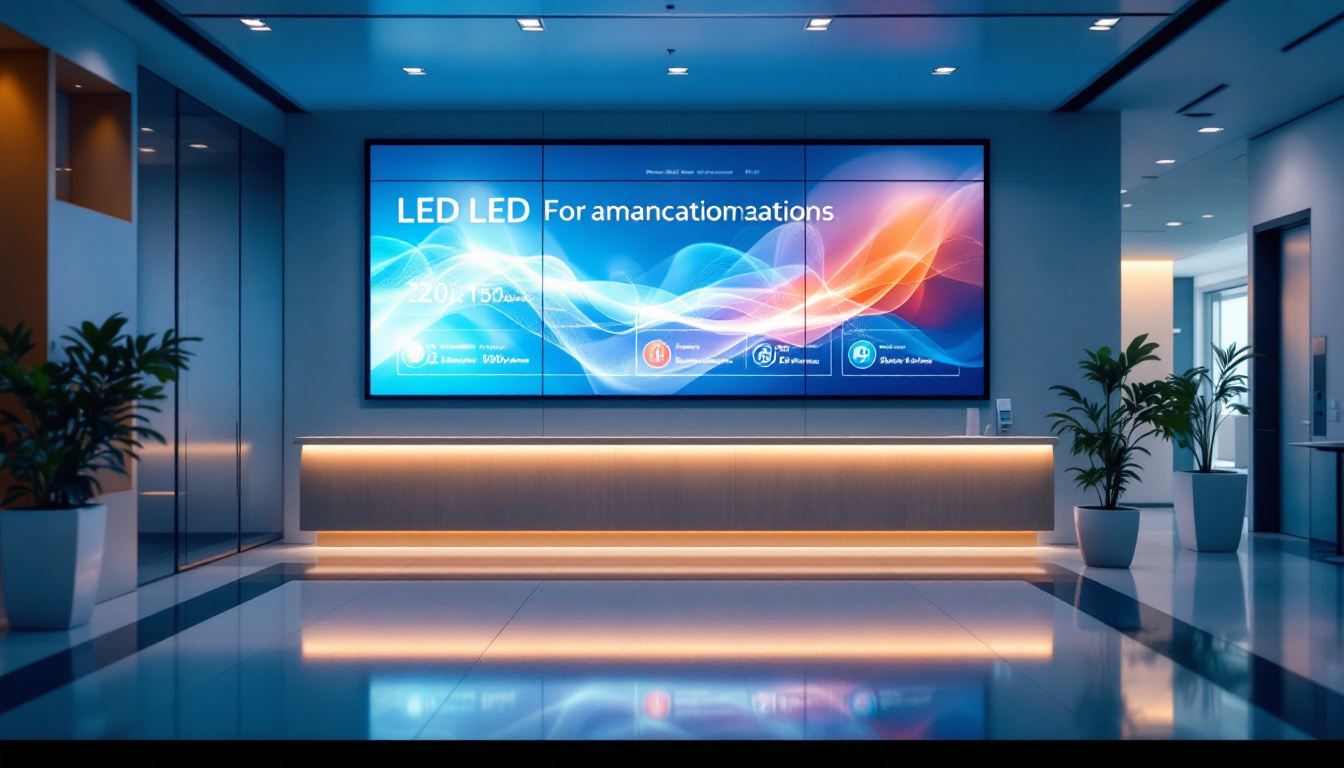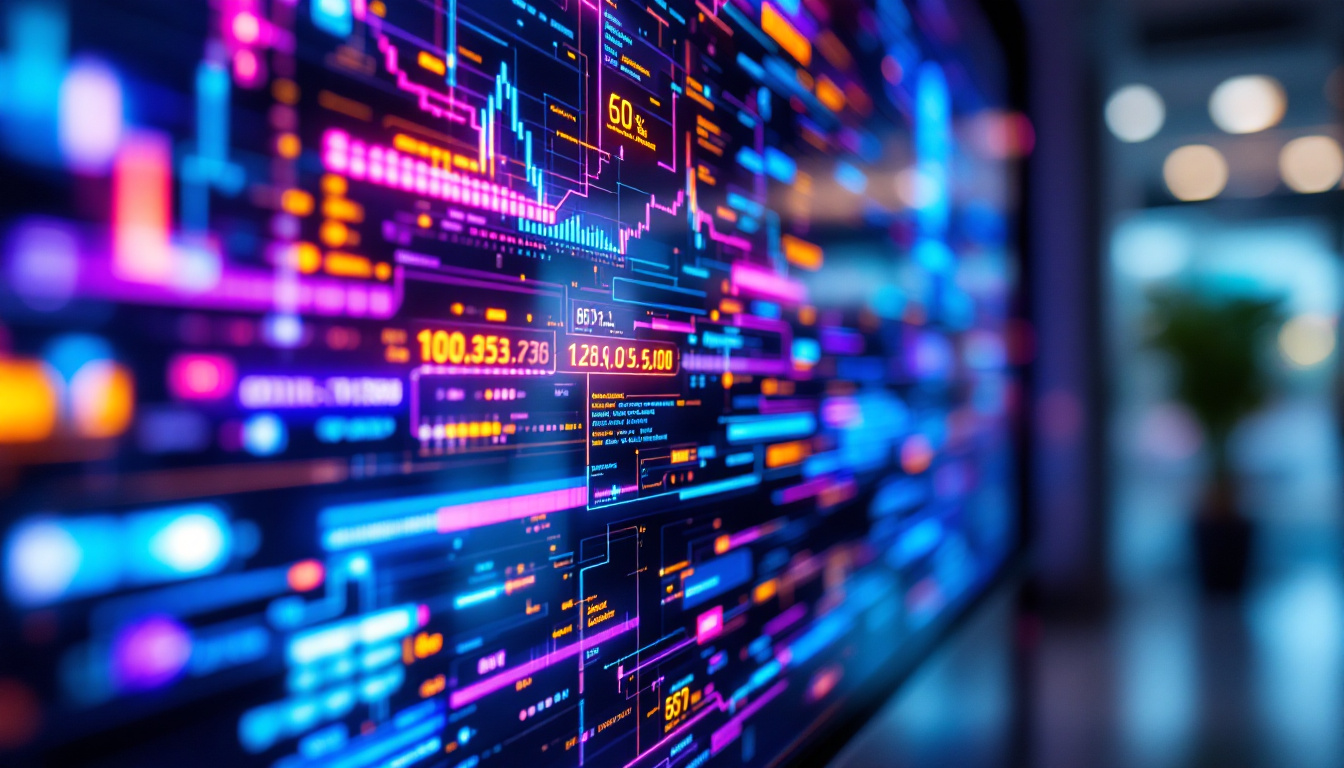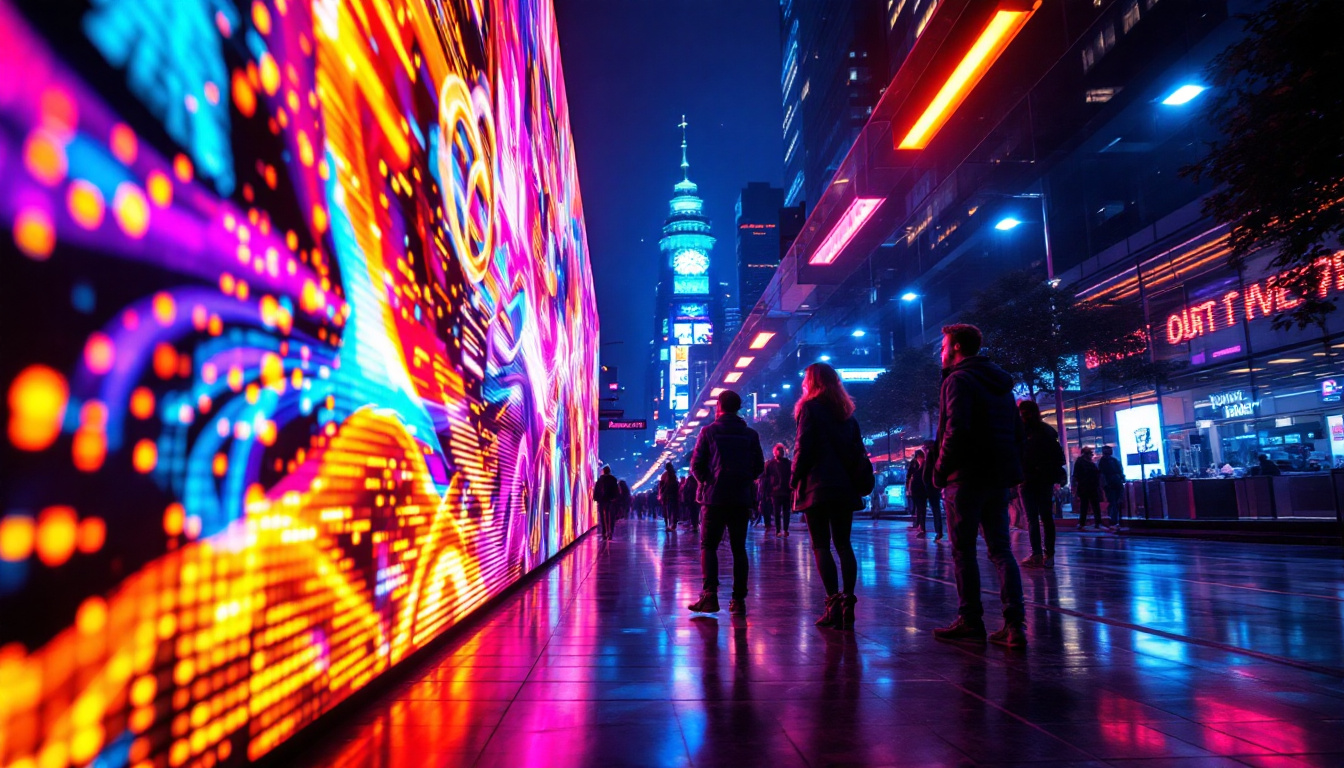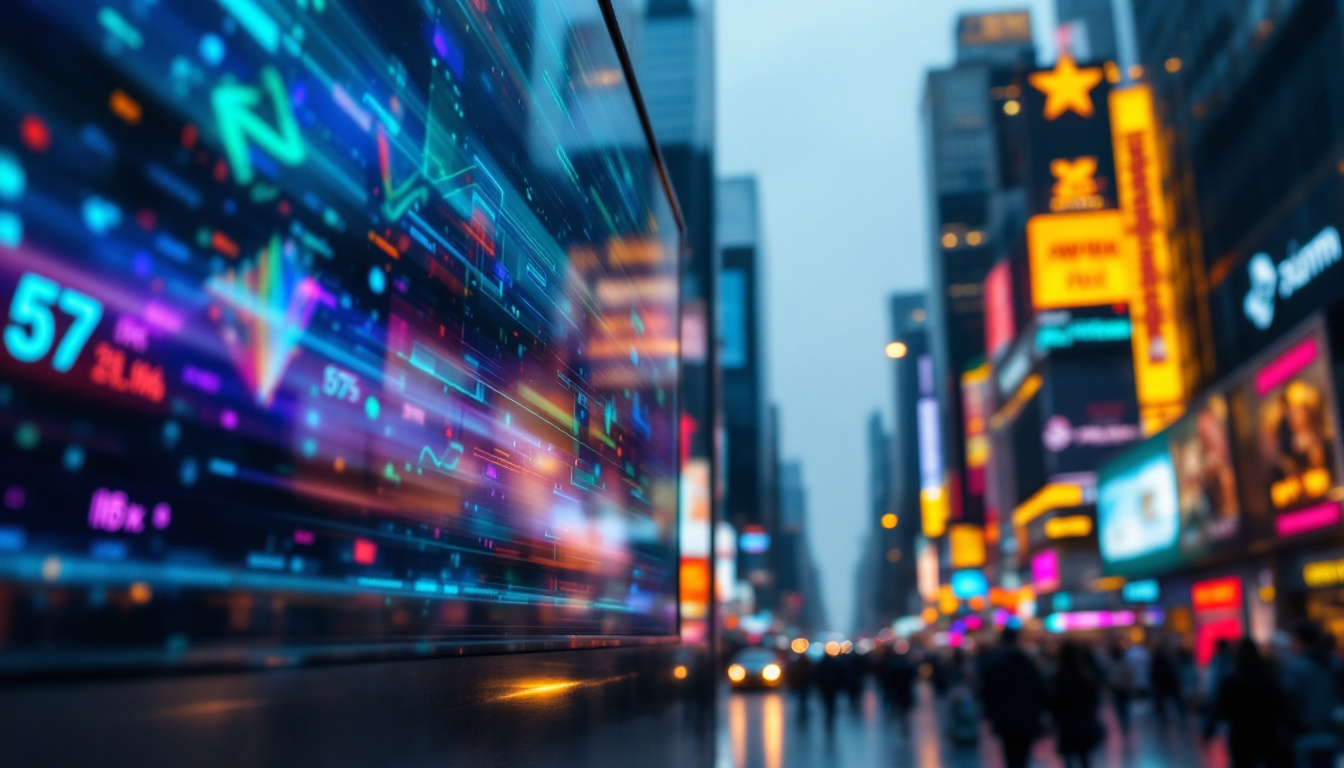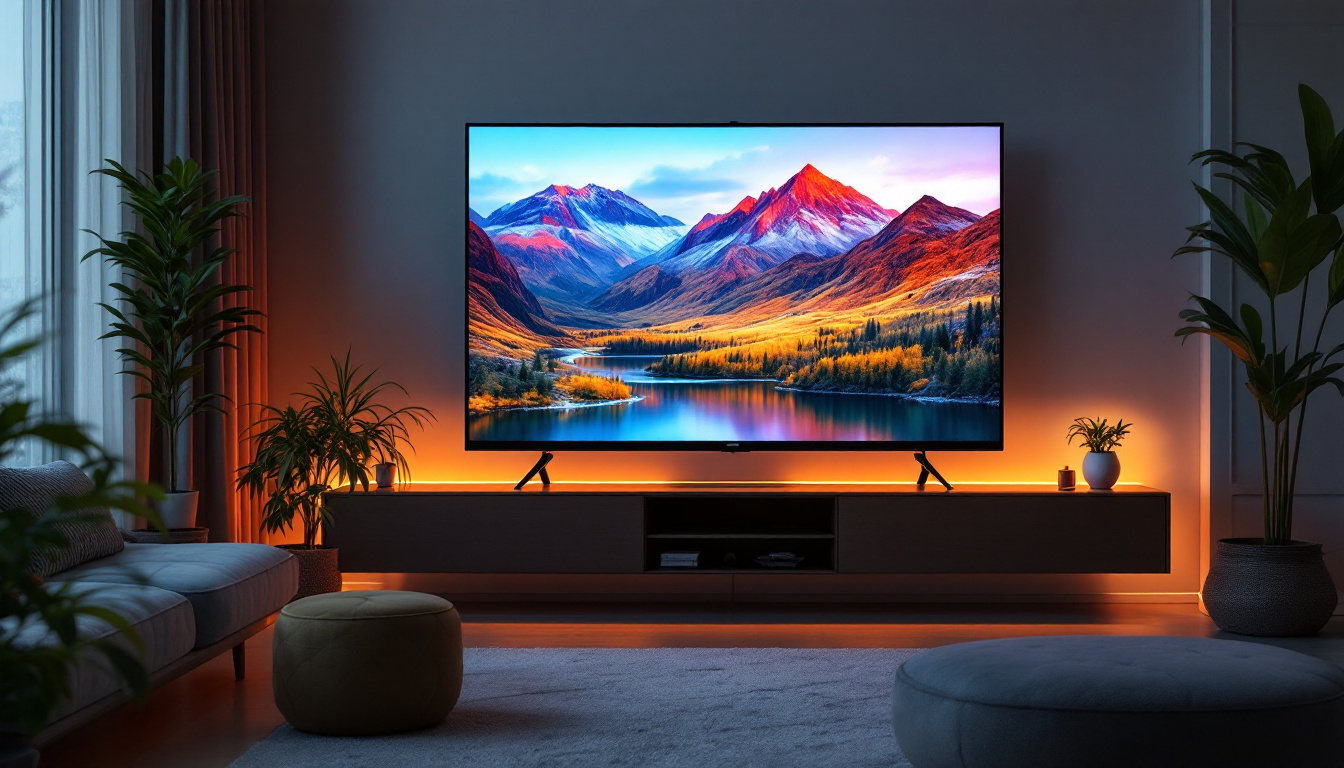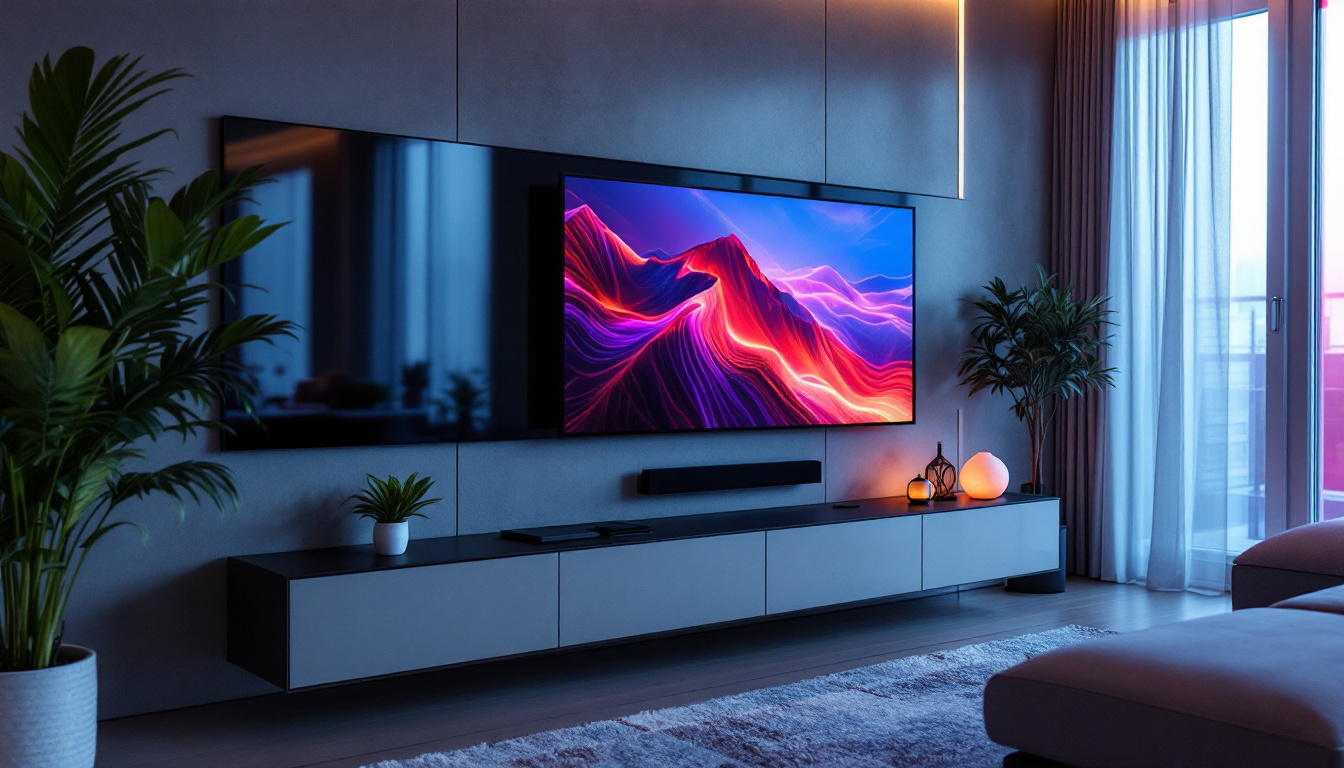In today’s digital age, LED displays have become ubiquitous in various settings, from advertising billboards to indoor screens in shopping malls and stadiums. Understanding the intricacies of LED technology can empower businesses and consumers alike to make informed decisions when purchasing LED screens. This article delves into the key aspects of LED displays, their types, applications, and factors to consider when buying one.
Understanding LED Technology
Light Emitting Diodes (LEDs) are semiconductor devices that emit light when an electric current passes through them. This technology has revolutionized the way visual content is displayed, offering several advantages over traditional display methods such as LCD and CRT. The fundamental operation of LEDs is based on electroluminescence, where the movement of electrons within a semiconductor material produces light. This process is not only energy-efficient but also contributes to a longer lifespan for the devices, making LEDs a sustainable choice for modern lighting and display solutions.
How LED Displays Work
LED displays consist of numerous tiny LED lights arranged in a grid. Each LED can emit different colors, allowing for the creation of vibrant images and videos. The combination of red, green, and blue (RGB) LEDs creates a full spectrum of colors, enabling the display of high-quality visuals. The brightness and clarity of LED screens make them ideal for both indoor and outdoor applications. Additionally, the low power consumption of LEDs means that they can operate efficiently without generating excessive heat, which is a common issue with older display technologies.
When an image is displayed, the LED screen receives a signal that dictates which LEDs should light up and to what intensity. This process occurs rapidly, allowing for smooth motion and dynamic content. The modular design of LED displays also means they can be scaled to various sizes, making them versatile for different environments. Furthermore, advancements in LED technology have led to the development of features such as high dynamic range (HDR) and increased refresh rates, enhancing the viewing experience by providing deeper contrasts and more fluid motion.
Types of LED Displays
LED displays can be categorized into several types, each designed for specific applications. Understanding these types is crucial for selecting the right display for your needs. Each type of display comes with its own set of features and benefits, catering to different environments and user requirements.
- Indoor LED Displays: These screens are designed for use in enclosed spaces, offering high resolution and brightness suitable for close viewing. They are commonly used in retail environments, conference rooms, and entertainment venues. With their ability to deliver sharp images and vibrant colors, indoor LED displays are perfect for presentations, advertising, and live events where clarity is paramount.
- Outdoor LED Displays: Built to withstand the elements, outdoor LED screens are brighter and more durable than their indoor counterparts. They are often used for advertising billboards, sports arenas, and public events. These displays are engineered to resist harsh weather conditions, ensuring that they remain functional and visually appealing even in direct sunlight or rain.
- Transparent LED Displays: These innovative displays allow for visibility through the screen while still showcasing content. They are ideal for retail storefronts and creative installations. By merging digital content with the physical environment, transparent LED displays create an engaging experience that captures the attention of passersby, making them a popular choice for modern retail and advertising strategies.
Applications of LED Displays
The versatility of LED displays has led to their adoption across various industries. From commercial advertising to artistic installations, the applications are vast and varied.
Advertising and Marketing
One of the most prominent uses of LED displays is in advertising. Their ability to display bright, eye-catching visuals makes them ideal for attracting attention in busy urban environments. digital billboards and screens in shopping malls can showcase dynamic content, including videos and animations, which can significantly enhance marketing efforts.
Events and Entertainment
LED screens are a staple in the events industry, providing large-scale visuals for concerts, festivals, and corporate events. Their high brightness and clarity ensure that audiences can enjoy the experience, even in daylight. Additionally, LED walls can be configured in various shapes and sizes, allowing for creative staging and immersive experiences.
Corporate and Educational Use
In corporate settings, LED displays are often used for presentations, video conferencing, and information sharing. Their high resolution ensures that even small text is legible from a distance. In educational institutions, LED screens can enhance learning experiences by displaying interactive content and engaging visuals.
Factors to Consider When Buying an LED Screen
When purchasing an LED display, several factors should be taken into account to ensure that the chosen screen meets specific needs and expectations. Understanding these elements can help buyers make informed decisions.
Resolution and Pixel Pitch
Resolution is a critical factor that determines the clarity of the images displayed on an LED screen. It is usually measured in pixels per inch (PPI) or pixel pitch, which refers to the distance between the centers of two adjacent pixels. A smaller pixel pitch means higher resolution, making it suitable for close viewing. For indoor displays, a pixel pitch of 1.5mm to 3mm is common, while outdoor displays typically have a pixel pitch of 5mm or more.
Brightness and Contrast Ratio
Brightness is measured in nits, and it determines how well an LED display can be viewed in various lighting conditions. Outdoor displays require higher brightness levels—often exceeding 5000 nits—to remain visible in direct sunlight. Contrast ratio, on the other hand, measures the difference between the darkest and brightest parts of an image. A higher contrast ratio results in better image quality, making it essential for vibrant and dynamic content.
Durability and Weather Resistance
For outdoor applications, durability and weather resistance are paramount. LED displays should be able to withstand harsh weather conditions, including rain, snow, and extreme temperatures. Look for displays with an IP rating, which indicates their level of protection against dust and moisture. An IP65 rating is typically suitable for outdoor use.
Installation and Maintenance
Proper installation and maintenance are vital for the longevity and performance of LED displays. Understanding these aspects can help ensure that the investment remains worthwhile over time.
Installation Considerations
Installing an LED display requires careful planning and execution. Factors such as location, mounting options, and power supply must be considered. It is advisable to work with professionals who have experience in LED installations to ensure that the display is set up correctly and safely. Additionally, the layout should allow for optimal viewing angles and accessibility for maintenance.
Maintenance Practices
Regular maintenance is essential to keep LED displays functioning optimally. This includes cleaning the screen to remove dust and debris, checking connections, and monitoring performance. Many modern LED displays come with built-in diagnostic tools that can help identify issues before they become significant problems. Establishing a maintenance schedule can prolong the life of the display and ensure consistent performance.
Cost Considerations
The cost of LED displays can vary widely based on several factors, including size, resolution, and features. Understanding the financial aspects can help buyers make budget-conscious decisions.
Initial Investment vs. Long-term Value
While the initial investment for high-quality LED displays may be significant, it is essential to consider the long-term value they provide. LED technology is known for its energy efficiency, which can lead to substantial savings on electricity bills over time. Additionally, the durability of LED displays means they often require less frequent replacement compared to traditional screens, further enhancing their value proposition.
Financing Options
For businesses looking to invest in LED technology without straining their budget, various financing options are available. Leasing arrangements, loans, and financing through manufacturers can make it easier to acquire high-quality displays while managing cash flow. Exploring these options can provide flexibility and make the investment more manageable.
Future Trends in LED Technology
The LED display industry is continuously evolving, with advancements in technology leading to new possibilities. Staying informed about these trends can help buyers anticipate future needs and make strategic decisions.
Advancements in Resolution and Color Accuracy
As technology progresses, LED displays are becoming increasingly capable of delivering higher resolutions and more accurate color reproduction. Innovations such as MicroLED and MiniLED technologies are pushing the boundaries of what is possible, offering improved brightness, contrast, and energy efficiency. These advancements are likely to become standard in the coming years, making it essential to consider future-proofing when purchasing an LED display.
Integration with Smart Technology
Smart technology integration is another trend shaping the future of LED displays. Features such as remote management, content scheduling, and interactive capabilities are becoming more prevalent. This integration allows for enhanced user experiences and streamlined operations, making LED displays even more valuable in various applications.
Conclusion
Investing in an LED display can significantly enhance visual communication and marketing efforts across various industries. By understanding the technology, applications, and factors to consider when purchasing, buyers can make informed decisions that align with their needs and goals. As LED technology continues to evolve, staying informed about trends and advancements will further empower businesses and consumers to leverage this powerful tool effectively.
Whether for advertising, entertainment, or corporate use, LED displays offer unparalleled versatility and performance. With careful consideration and planning, the right LED screen can provide long-lasting value and impact.
Discover LumenMatrix LED Display Solutions
Ready to elevate your visual communication with cutting-edge LED technology? LumenMatrix offers an extensive range of LED display solutions tailored to your unique needs. From vibrant Indoor LED Walls to dynamic Outdoor LED Displays and beyond, our innovative products are designed to captivate your audience and amplify your message. Experience the transformative power of LED displays and join the revolution in digital signage. Check out LumenMatrix LED Display Solutions today and see your vision come to life.

